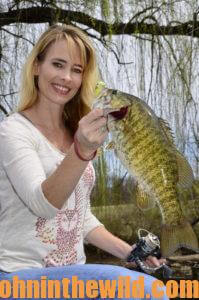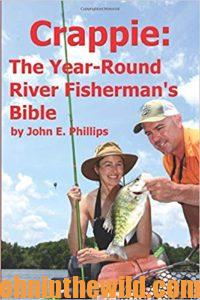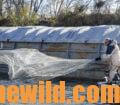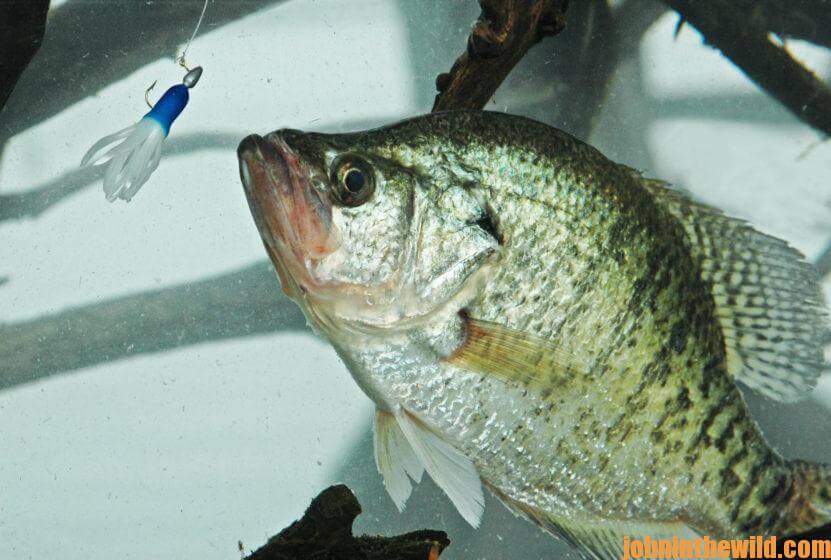Editor’s Note: If you only could take one fishing lure to catch fish anywhere in the world in fresh water or salt water, what lure would you choose and why? This question was the one a team of survival experts had to answer to put together survival kits for World War II pilots. Ultimately, the bucktail jig – a white hair jig – was selected. The bucktail jig resembled a wide variety of bait fish that swam in both fresh water and salt water. This compact lure featured only one hook, could be fished with a hand line, a green stick or a pole and had an extremely-good chance of catching varieties of fish. Jigs, very-simple lures, have lead heads and bodies made of a wide variety of materials. Because a jig has only a single hook, it easily can be stowed away until needed. Jigs are the quickest, easiest lures to make and use for fishing and spending more time outdoors. Your family and friends will enjoy making these lures, while you’re practicing social distancing during the Covid-19 problems.
 A strange jig I encountered while fishing was the late Curt Edney’s knitting-yarn jigs.
A strange jig I encountered while fishing was the late Curt Edney’s knitting-yarn jigs.
When I stepped into Curt Edney’s old fishing boat many years ago to learn a new method of crappie fishing, I wondered, “What’s that bunch of junk in Curt’s tackle box?” Edney had knitting yarn, crappie hooks and split shots in it. I was suspicious when I didn’t spot a bucket full of live minnows, the usual crappie bait. “John, I made these jigs up last night for us to fish with today,” Edney told me. “Those store-bought jigs cost too much, especially when you lose as many as we’ll lose today, fishing down in those deep-water treetops.”
They had to be the worst-looking crappie jigs ever, although they did have crappie hooks in them. However, that was the only part of the jig that even resembled slightly the kind of bait I thought a crappie might bite. On the head of each hook was a split shot with three strands of colorful knitting yarn squeezed onto it. While I hid my reluctance to fish these jigs, Edney enthusiastically explained, “These jigs will catch crappie!”
I tied on one of Edney’s homemade jigs to my 6-pound-test line to fish for crappie on this fishing trip that took place before everyday fishermen had depth finders, and many improvements had been made in crappie-fishing tackle. I asked Edney where we’d be fishing, and he answered with a smile, “In my secret spots. They’re invisible from the surface, and you have to know where they are to fish them.”
To learn more about crappie fishing, check out John E. Phillips’ book, “Crappie: The Year-Round River Fisherman’s Bible” at https://amzn.to/2mxWIt4, available in Kindle, print and Audible at https://adbl.co/382m0SR.
 Tomorrow: How to Fish Homemade Jigs to Catch Crappie, Bass and Catfish
Tomorrow: How to Fish Homemade Jigs to Catch Crappie, Bass and Catfish










